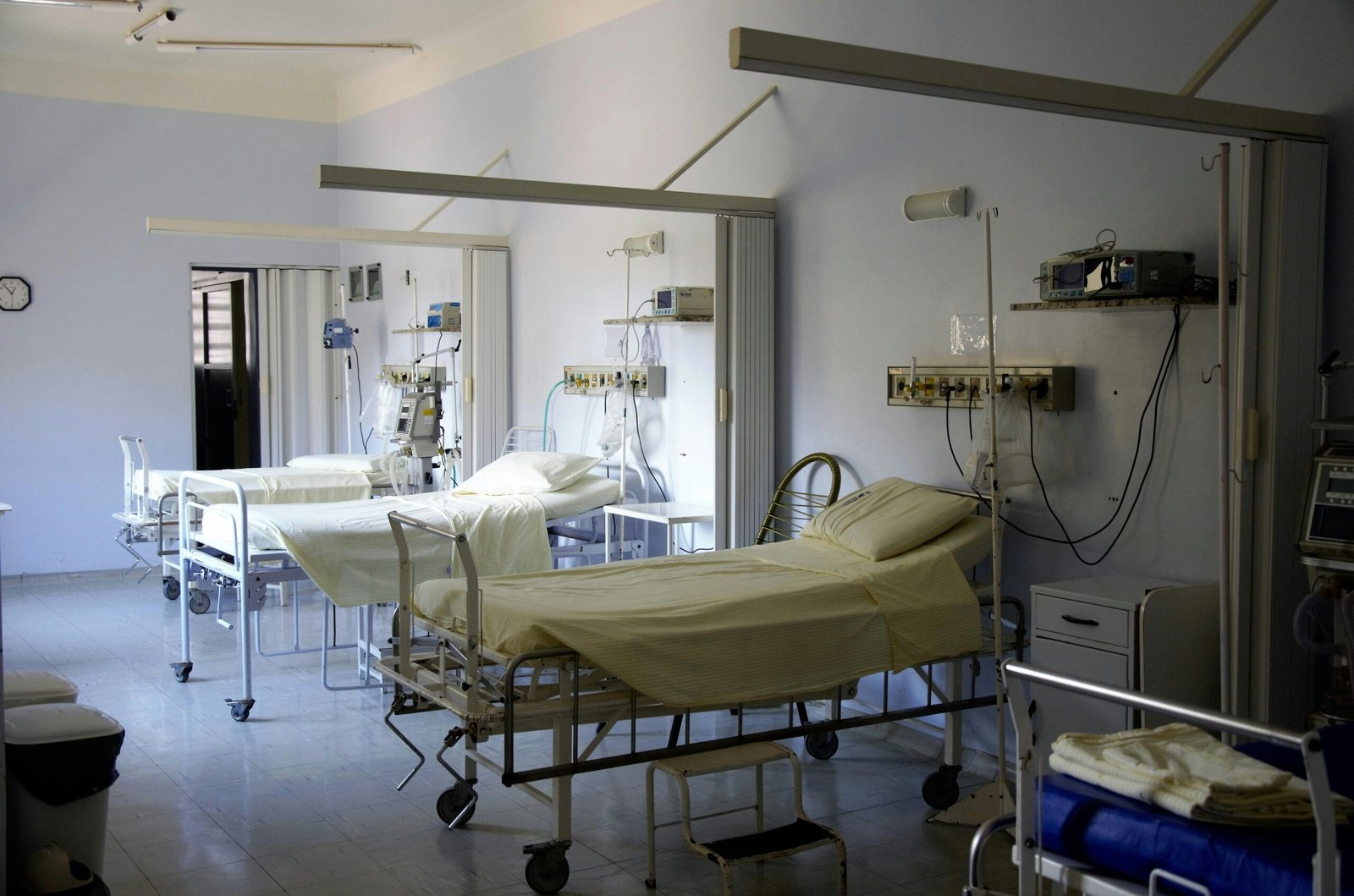Every element within a healthcare facility is significant. During hospital stays, patients interact with items that, at first glance, may seem secondary but have a significant impact on their well-being. Consider the case of hospital bed sheets. In addition to basic hygiene considerations, they ensure comfort and safety.
Understanding the categories of medical sheets can help in making choices whether managing home care or anticipating a hospital stay.
In this guide, we will discuss the various categories of hospital bed sheets and their constituent materials. Key features and differences with regular sheets are examined alongside proper care instructions, which will maximize investment value.
Types of Hospital Bed Sheets
Practicality and patient comfort drive the design of hospital bed sheets. These are some of the most common types:
- Fitted Sheets: These elastic corner sheets are specifically designed to be securely attached to hospital mattresses, even when the patient is in constant motion.
- Flat Sheets: As the name indicates, these sheets are easy to stack and frequently used above the patient. They can also be placed between the patient and a blanket.
- Draw Sheets: These small sheets are used by caregivers to assist in the movement and repositioning of patients. They are normally placed across the middle area of the bed.
- Surgical Sheets: Operating room surgical sheets are designed to be sterile and help sustain cleanliness during procedures.
- Disposable Sheets: Sheets meant for one-time use are best for short-term use or during an emergency, as they cut back on laundry and help prevent cross-infection.
Common Materials Used in Hospital Bed Sheets
The material of a bed sheet affects the comfort, hygiene, and durability of the sheet. Some of the most common materials are:
- Cotton: Soft and breathable, making it comfortable for patients.
- Polyester or Cotton-Poly Blends: These are ideal for hospitals because they are durable and don’t easily stain or get wrinkled.
- Microfiber: These sheets are good in places with a lot of spills because they are light and moisture-resistant.
- Bamboo Fabric: Sheets from this material are good for sensitive patients because it is eco-friendly and hypoallergenic.
Each of these materials has its advantages. The choice, however, depends on the specific healthcare setting and patient needs.
Key Features to Look For in Quality Hospital Sheets
When purchasing or selecting hospital bed sheets, consider the following features:
- Durability: The ability to withstand multiple washes at high temperatures without tearing or fading.
- Breathability: The circulation of air works to ensure comfort and prevent overheating.
- Stain Resistance: Maintaining a hygienic environment is easier when the sheets used do not soak up liquids and stains.
- Wrinkle Resistance: During daily care maintenance, smoother sheets are easier to manage and make the beds look tidier.
- Proper Fit: Medical mattresses require sheets to securely fit over them. Fitted sheets that can bunch up or slip off pose safety risks.
How Hospital Bed Sheets Differ from Regular Sheets
In contrast to regular bed sheets, which are selected based on comfort and home aesthetics, hospital bed sheets prioritize functionality:
- Functionality: Appearance should not be the main focus of hospital sheets. Instead, these sheets should prioritize durability, hygiene, and ease of care.
- Design: Withstands the test of industrial laundry cycles and high-temperature washes. The sheets can retain their shape. This allows them to be either plain or predominantly white, which is typical.
- Fit: As beds designated for medical needs have multiple positioning settings, the sheets are tailored to fit the various movements. For non-medical adjustable mattresses, you may want to explore the best sheets for adjustable beds that prioritize comfort, flexibility, and a secure fit.
- Moisture Control: Antimicrobial elements or moisture-wicking capabilities are featured in many hospital sheets to enhance patient hygiene and comfort.
How to Care for Bed Sheets in Hospitals
Hygienic and high-quality hospital sheets must undergo strict maintenance procedures:
- Washing: Hot water (160°F or 70°C) should be used for washing hospital sheets to kill bacteria and viruses. In addition, a mild detergent should be used to safeguard the fabric.
- Avoid Bleach: Without explicit advice from the manufacturer, bleach could weaken the fabric over time.
- Drying: To eliminate pathogens, high heat is also recommended for drying hospital sheets. Furthermore, make sure to allow adequate time for sheets to fully dry prior to use.
- Storage: Store clean hospital sheets away from direct sunlight and stow them in a dry, cool space. Use sealed containers or clean cabinets to safely store these sheets.
- Inspection: Worn sheets, such as thinning fabric, fraying edges, and seams, should be regularly checked and promptly replaced.
Final Thoughts: Your Last Consideration When Buying Hospital Sheets
If you are equipping a care facility or an area with home health needs, the choice of hospital bed sheets, tailored to patients’ needs, will elevate their comfort significantly. Sheets can range from fitted to disposable and from cotton to bamboo. The selection should be made with comfort and practicality in mind.
Breathe easy with durable and easy-maintained sheets. As a gentle reminder, the differentiation between hospital sheets and regular ones is not limited to aesthetics. Design dedicated to hygiene, functionality, and patient care is primary.
Purchasing hospital bed sheets of high quality provides patients and caregivers with better comfort and effective cleaning systems, as well as mental serenity.
Related Reading:
👉 Best Sheets for Adjustable Beds: A Complete Buying Guide



